What does the above diagram illustrate?
Name the parts labelled 'a' and 'b'.
Name the types of cells that produce this molecule.
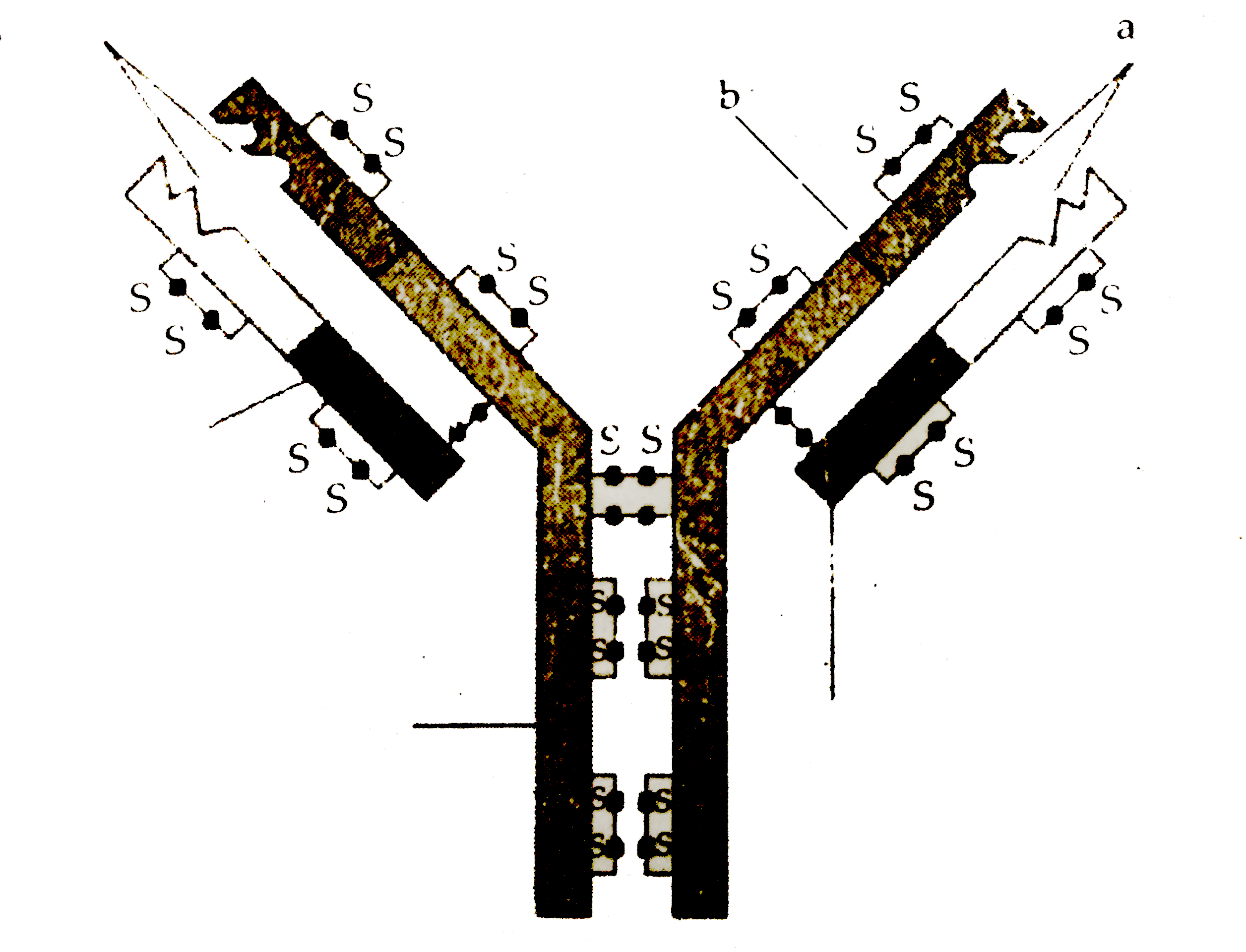
An antibody molecule
a-Antigen binding site, b-heavy chain
13-lymphocytes (B-cells).
Similar Questions
Name the type of cells that produce antibodies.
View Solution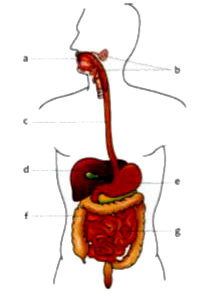
Name the parts labelled a to g.View SolutionName two types of producers.
View SolutionName various types of cells present in xylem.
View SolutionName the experiment illustrated by the diagram.
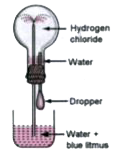 View Solution
View SolutionThe diagram shown below is the longitudinal section of a testis of man. Study it carefully and answer the questions that follow :
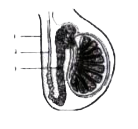
(i) Label the parts numbered 1 to 3 in the diagram.
(ii) In which part of the testis are the sperms ?
(iii) State the functions of the parts labelled 1 and 3 in the diagram.
(iv) Name the cells that secrete Testosterone.
(v) Draw a neat, labelled diagram of a sperm.View Solution(a) What is this diagram representing?
(b) Name the parts a, b and c.
(c) In the eukaryotes the DNA molecules are organized within the nucleus. How is the DNA molecule organized in a bacterial cell in absence of a nucleus?
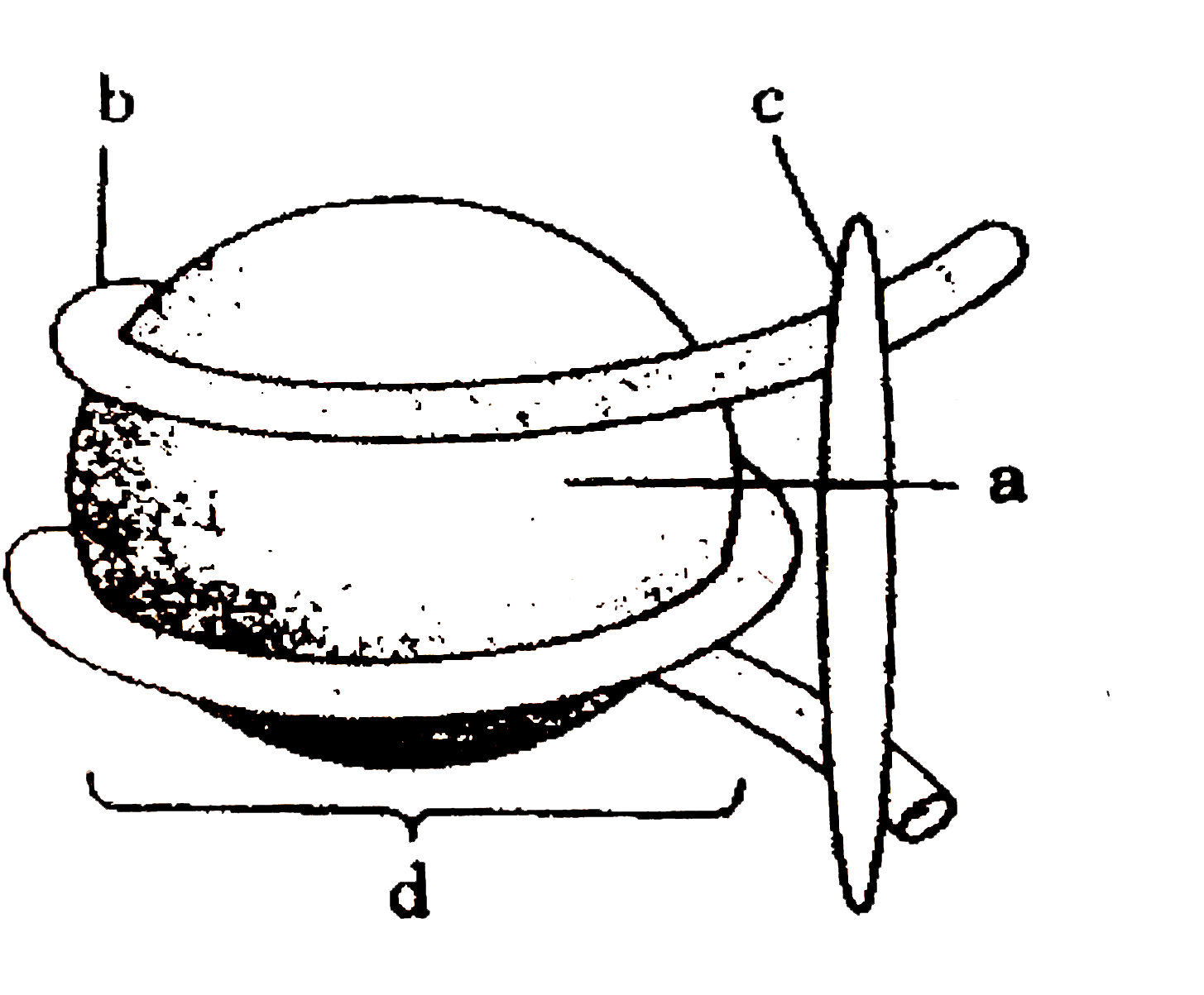 View Solution
View SolutionIn the given diagram name the parts A, B, C and D and E .
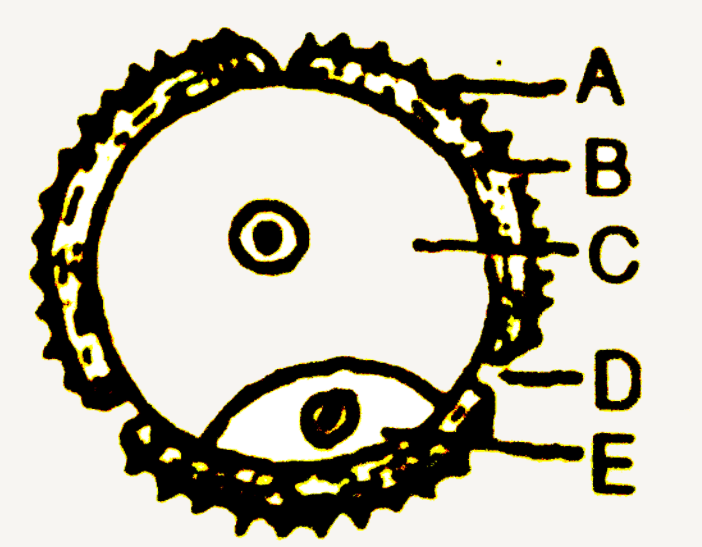 View Solution
View SolutionThe following diagram represents the human brain as seen in an external view. Study the same and then answer the questions that follow :
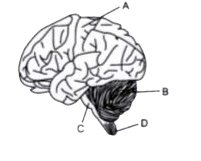
(i) Name the part labelled A, B, C and D.
(ii) Mention the difference in the arrangement of the nerve cells in the parts marked 'A' and 'D'
(iii) What is the main function of the parts marked 'C and 'D'?
(iv) Name the sheet of nerve fibres that connect the two halves of the part labelled.
(v) Name the basic unit of brain.View SolutionIn the given diagram, write the names of parts shown with lines.
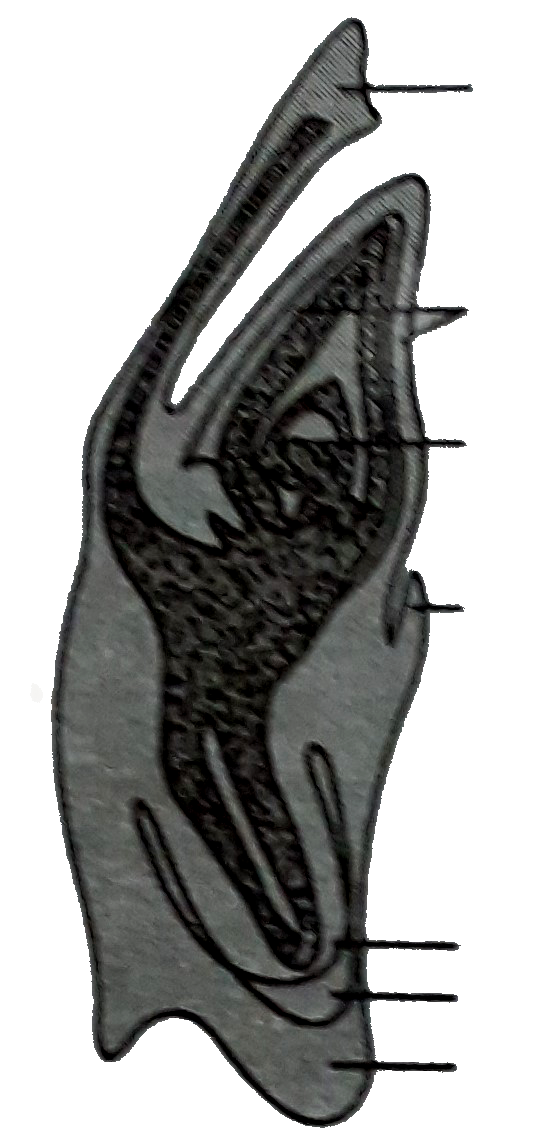 View Solution
View Solution

